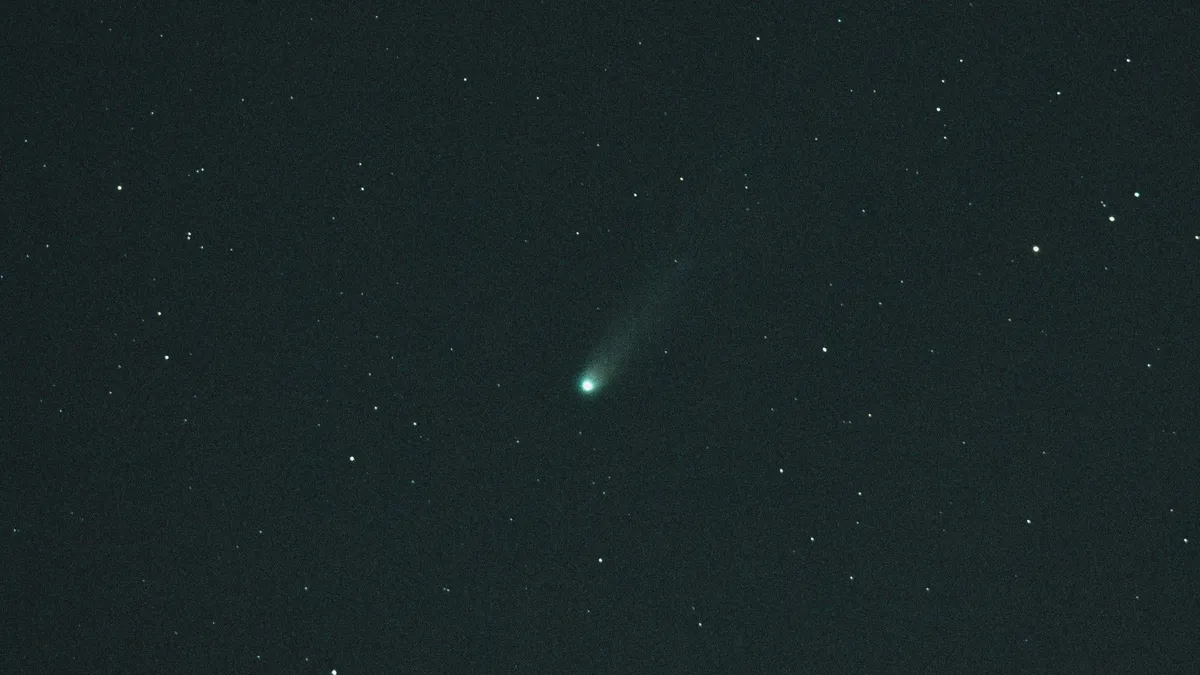
On the night of October 26, skywatchers will have a rare opportunity to witness Comet Lemmon as it traverses the constellation Serpens Caput, appearing to cut through the neck of a cosmic serpent. This event marks a significant moment ahead of the comet's close approach to the sun in early November, making it a must-see for astronomy enthusiasts.
The brightness of celestial objects is measured using the magnitude scale. In this system, a lower number indicates a brighter object. For context, the brightest stars shine at around magnitude +1, while a full moon registers at -13 and the sun at -27. Currently, Comet C/2025 A6 (Lemmon) is estimated to have a magnitude of approximately +4.3, according to the Comet Observation Database (COBS) managed by the Crni Vrh Observatory in Slovenia. This brightness level means that the comet is likely visible to the naked eye from locations with minimal light pollution.
Discovered on January 3, 2023, Comet Lemmon has been brightening dramatically as it approaches the inner solar system. This increase in brightness is attributed to the heat radiation from the sun, which vaporizes the icy materials within the comet. As these materials turn into gas, they create a luminous shell around the nucleus of the comet. This gas is then swept away by the solar wind, resulting in the formation of a visually stunning tail that reflects sunlight.
To catch a glimpse of Comet Lemmon, look towards the western horizon at sunset on October 26. The comet's hazy glow will be positioned directly beneath the triangle formation of stars that represent the head of the great snake in Serpens Caput. By the following night, the comet will have moved through the neck of the celestial serpent, approaching the constellation Ophiuchus, known as the snake bearer.
Serpens is unique among constellations as it is divided into two parts: Serpens Caput (the head) and Serpens Cauda (the tail). Serpens Caput is located to the right of Ophiuchus, while the tail appears to the left of the snake bearer. While Comet Lemmon is bright enough to be seen with the naked eye from dark locations, using binoculars or a telescope can enhance the viewing experience, allowing observers to better appreciate the reflected light of this ancient visitor.
If you're interested in capturing the beauty of Comet Lemmon through photography, be sure to check out our comprehensive guide on photographing and observing comets. Additionally, explore our curated lists of the best cameras and lenses suited for capturing the night sky, ensuring you have the right gear to document this cosmic event.